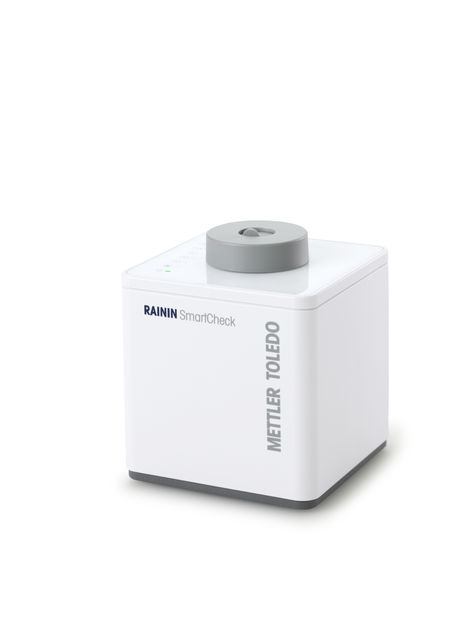Fish and seafood - improved trace detection of life-threatening allergy sources
"AQUALLERG-ID": Researchers develop methods for detecting potential food allergens
Advertisement
It is estimated that 1 to 2.5 percent of the adult population suffers from an allergy to fish and seafood, which is one of the most common triggers of life-threatening reactions (13 to 29 percent). These individuals are also more likely to allergic reactions when consuming insects. This is due to a significant similarity of some of the allergenic proteins among various animal groups. If these problematic proteins are accidentally ingested, the symptoms can vary greatly and range from skin irritations and swellings to asthmatic complaints and even life-threatening anaphylactic shock reactions. It is particularly problematic that food allergens are not always found where one would expect them to be. They can be present in spice mixtures or hidden as additives in ready-made meals. Often, there is also contamination of different production lines within a company. For individuals with allergies, the listing of potentially allergenic ingredients in the ingredient list of food is, therefore, a crucial aspect of health protection.

Symbolic image
Computer-generated image
Eating fish and seafood is a culinary delight for many people, but for others, it poses a health risk: aquatic animals and molluscs are considered frequent and strong allergens when eaten, even in small quantities. Insects, which are increasingly used in feed and food, can also cause allergic reactions. To protect consumers, food manufacturers must therefore state in the list of ingredients whether a product contains these animals or parts of them. Scientists at the Federal Institute for Risk Assessment (BfR) have developed methods for detecting insects, fish, crustaceans and molluscs in a third-party project funded by the German Federal Ministry of Food and Agriculture (BMEL). All methods have been successfully tested on food samples. They are now available to control authorities as well as food producers to carry out quality controls in the production process. The results of the "AQUALLERG-ID" project will be presented at a workshop at BfR in autumn. Two other projects with BfR participation dealing with animal species detection in food and feed ("Allergen-Pro" and "ANIMAL-ID 2") will also be presented there.
However, food inspectors face a major challenge when it comes to detecting problematic proteins, especially among insects, fish, crustaceans and molluscs, the diversity of species within these groups increases the difficulty of developing accurate detection methods. Food manufacturers also rely on effective detection methods for internal quality control. Researchers at the BfR have now established procedures that allow for the detection of numerous species and organism groups within different animal categories in a single analytical run. These tests are based on the detection of nucleic acid from the sought-after groups fish, mussels, cephalopods, snails, crustaceans as well as insects. They encompass those species that are primarily traded. Additionally, it is also possible to search for species that are less common in Germany but play an important role on the world market due to high catch quotas or production figures, making them important for imports.




























































